A diminutive, but spectacular fungus has emerged from the leaf and bark litter in the Australian Forest section of the Adelaide Botanic Gardens. It is Aseroe rubra Labill., with 6 to 8 bright red arms spreading like forked spokes of a wheel. It has several common names that aptly describe an observer’s first response when they encounter it: sea anemone fungus, starfish fungus or …stinkhorn fungus.
Usually several, inconspicuous, partly buried “eggs” about 30 mm across are first to emerge. Each then splits and spreads its red arms (see time-lapse video at this link) to expose a central, slimy, stinking mass of spores. Flies find this irresistible, and, walking over the surface, pick up and disperse spores on their bodies. Perhaps the colour, shape and smell remind them of an open anus of a larger animal, complete with remnant droppings and worth a visit! Disgusting? Well, evidently successful for the continued existence of the fungus.
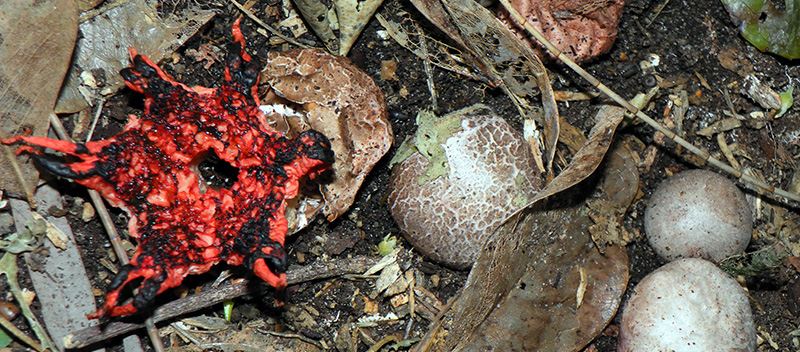
Aseroe rubra “eggs” and expanded fungus. Photo: B. Baldock.
It was originally described by the French botanist Jacques-Julien Houton de Labillardière from Tasmania, when the French were racing with Flinders to explore Australia in the 1800s. We now know it can be found across Australia and New Zealand, and has also popped up in Europe and North America.
If you are quick, you can see them growing in the mulch on the edge of the paths to the west of the Bicentennial Conservatory, while the favourable conditions last.

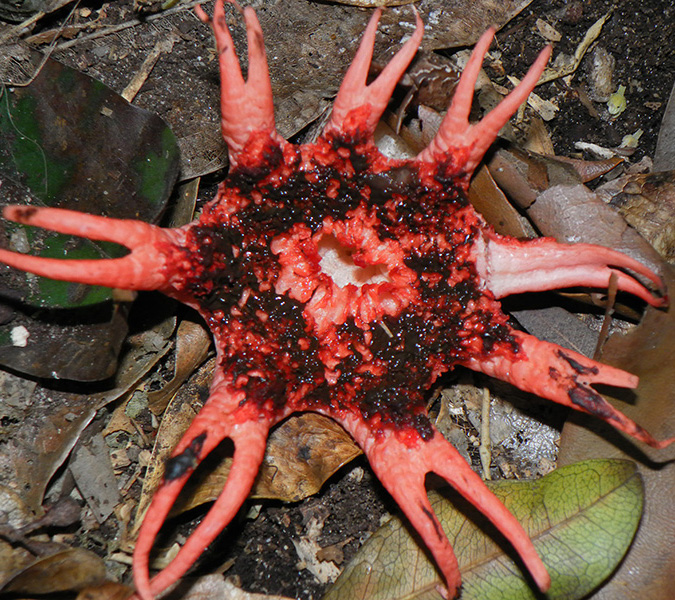

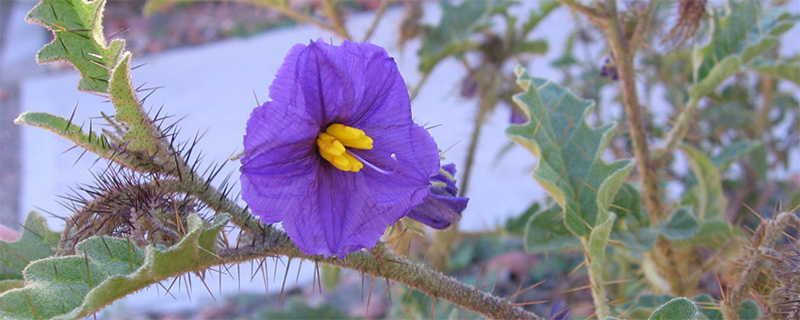
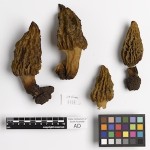 The State Herbarium of South Australia is happy to be hosting another
The State Herbarium of South Australia is happy to be hosting another 
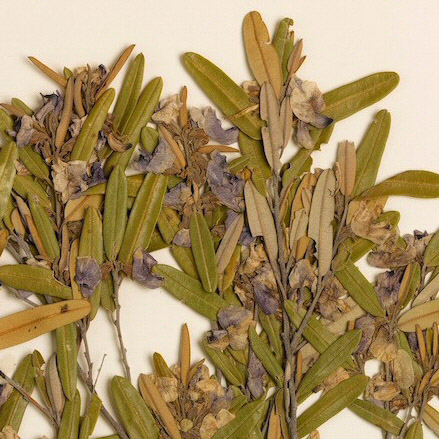
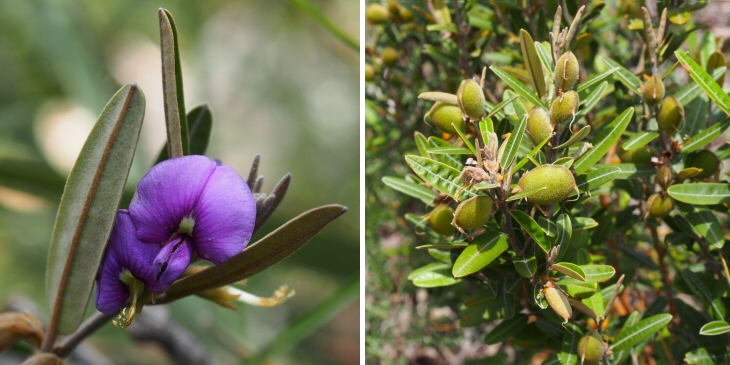
You must be logged in to post a comment.